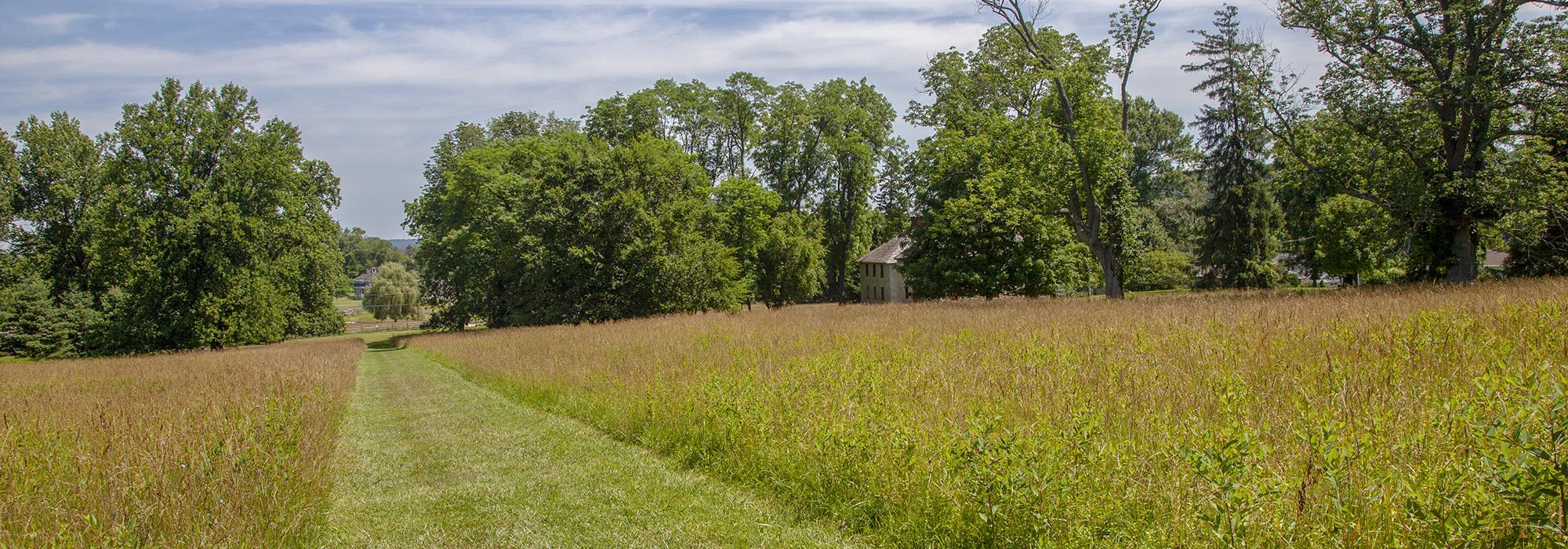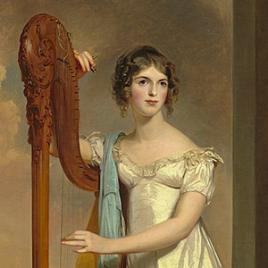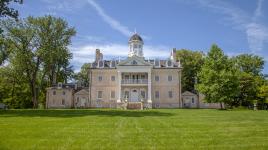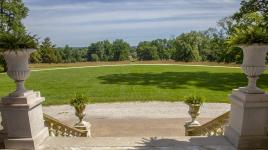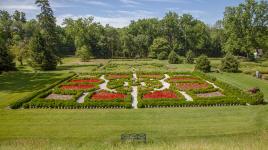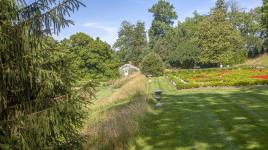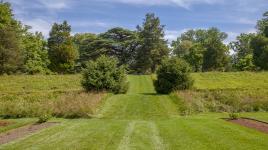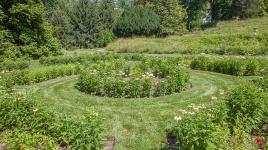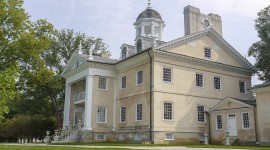Pioneer Information
Born in Baltimore, Maryland, to a wealthy family of wine merchants, Ridgely was schooled in Philadelphia. Well-travelled and known for her elegance and beauty, she rose in society quickly, immortalized as the subject of Thomas Sully’s famous 1818 portrait, Lady with a Harp. She also befriended the Marquis de Lafayette during his tour of the United States in 1824-1825, remaining in contact with him for the rest of her life. In 1828 Ridgely married John Carnan Ridgely (her fifth cousin), son of the governor of Maryland and grand-nephew of the builder of the Hampton Plantation, north of Baltimore. The 4,500-acre grounds of the plantation, called “Ridgely’s Folly,” were modelled on the aristocratic estates of England, with Italianate gardens set on earthen terraces on the south side of the mansion and an English-style landscaped park to its north. Acting on her interest in horticulture, Ridgely oversaw the installation of successively larger, more elaborate gardens on the estate in the 1830s. She was also actively involved in managing and developing its greenhouses, tended by some 60 enslaved persons. On her travels through Europe and Asia, Ridgely gathered various exotic trees and plants to be added to the grounds, which also included a collection of citrus trees. A Lebanon cedar, which stands on the mansion’s south lawn, is said to have been brought from the Middle East by Ridgely as a seedling—transported in a shoebox. The Hampton estate fell into decline after the Civil War, as the family struggled to maintain it. Ridgely died at the age of 64 and is buried in the cemetery of estate, which is now the Hampton National Historic Site.



